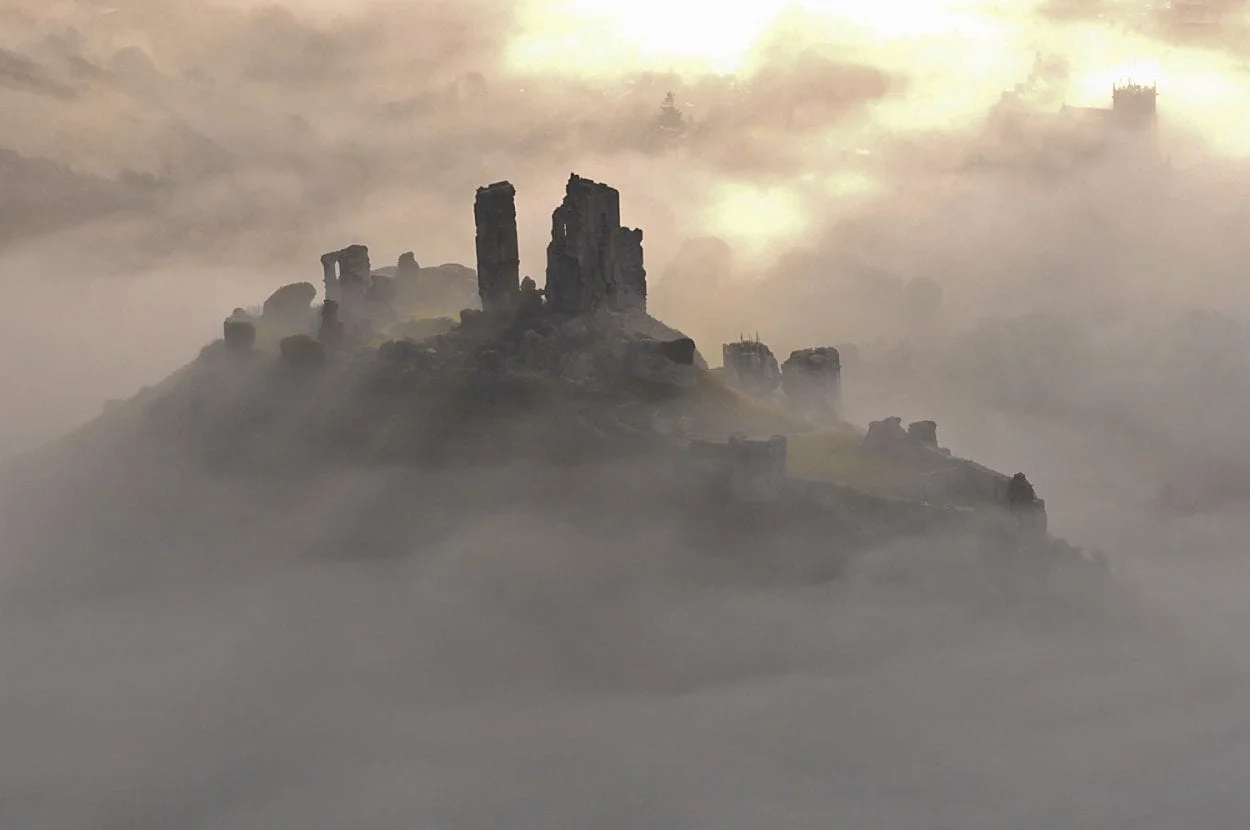England is said to be home to over 4000 castles, built through the centuries to defend borders, coastlines, or serve as fortified homes for the English nobility. Many castles were ruined through cannon fire or slighted during the English Civil War, whilst some were simply abandoned and left to decay and ruin.
1 : Kenilworth Castle
Kenilworth Castle was founded by Geoffrey de Clinton in 1120 in the small town of Kenilworth in Warwickshire. After being remodelled into a semi-royal palace and fortress during the late medieval and Tudor period, the castle was slighted by Parliamentary forces in 1649 to prevent Kenilworth being used as a military stronghold.
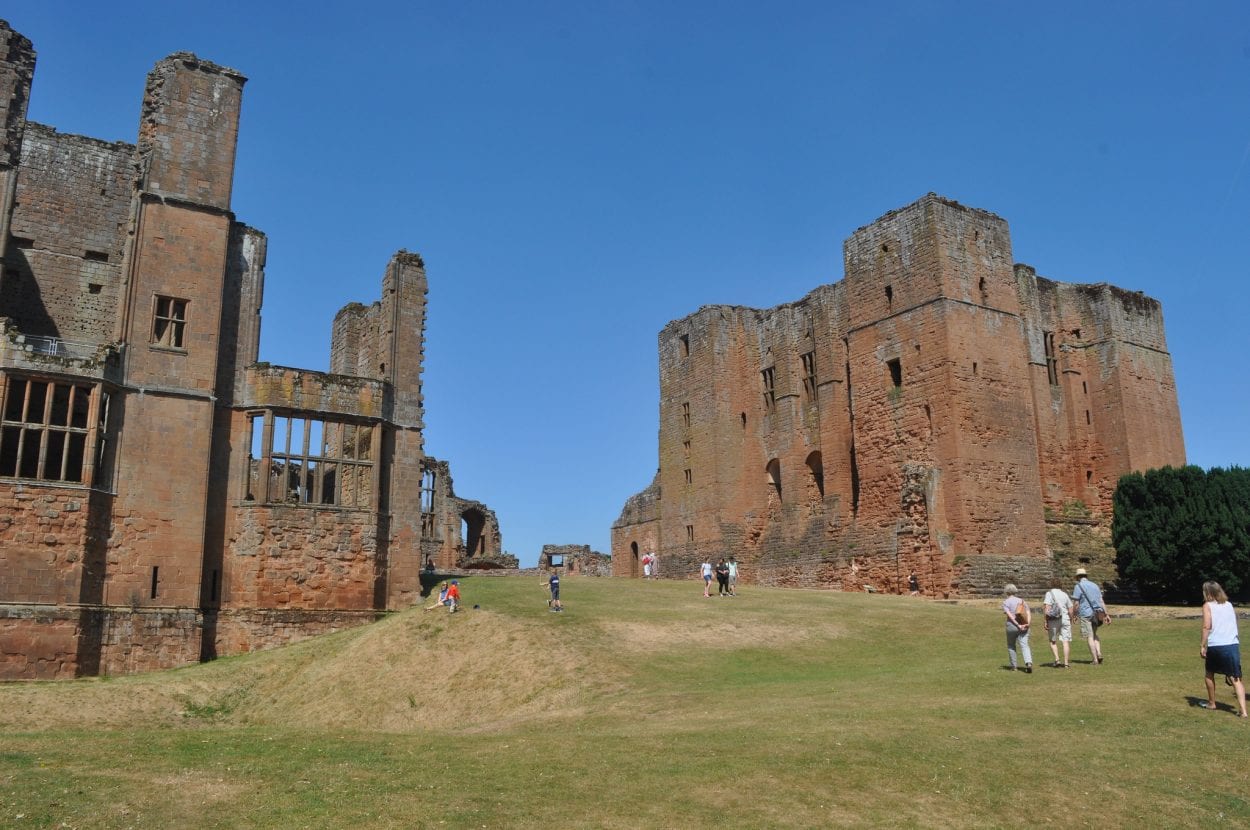
2 : Goodrich Castle
Goodrich Castle was founded by Godric of Mappestone after the Norman invasion in 1191. The castle is situated near the village of Goodrich in Herefordshire and was constructed to demarcate the border of the Welsh Marches and prevent raids. During the English Civil War, Goodrich Castle remained one of the last Royalist strongholds until it was besieged by mortar (more famously, the “Roaring Meg” mortar), and was slighted in the years after the war.
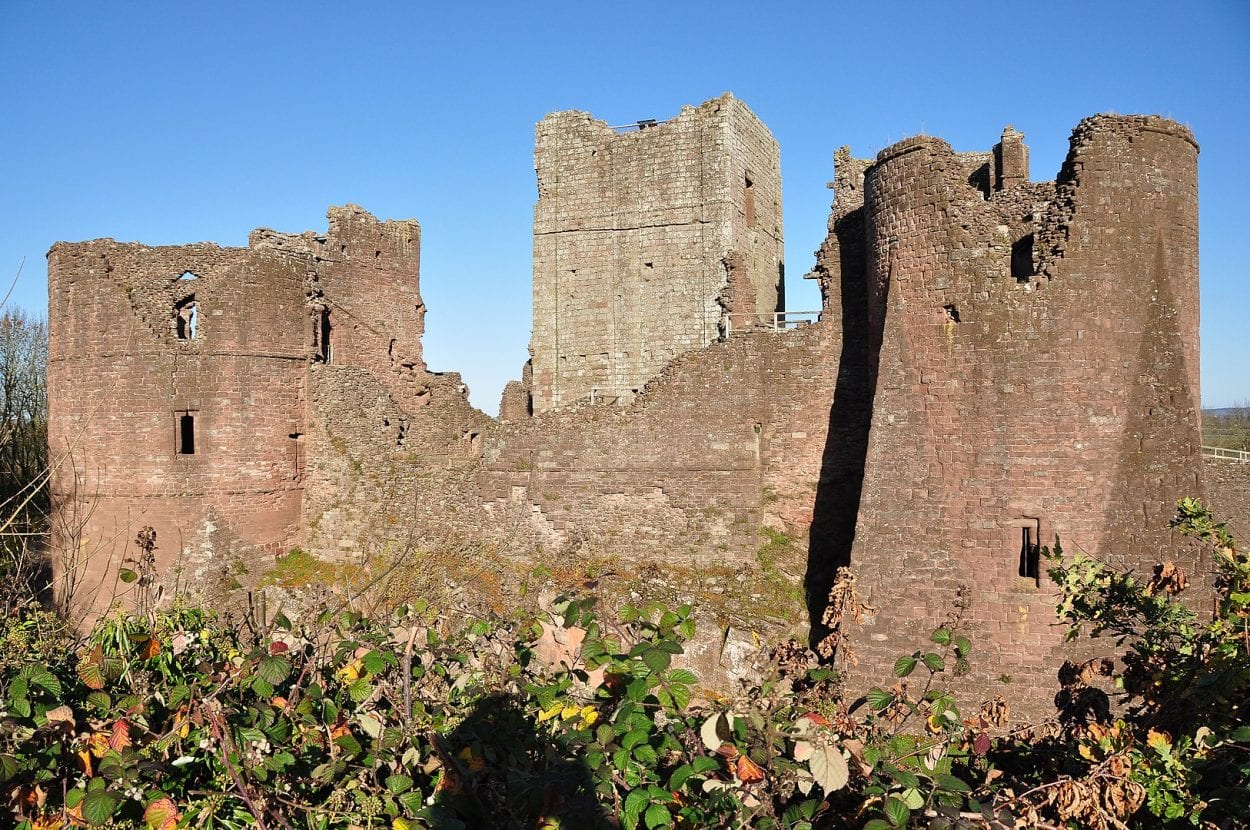
3 : Ludlow Castle
Ludlow Castle was founded by Walter de Lacy after the Norman conquest in 1075. The castle is located in the town of Ludlow in the county of Shropshire and was constructed to defend the English border with Wales. Ludlow Castle survived relatively intact through the English Civil War, but changes in regional governments meant that the castle had purpose as an administrative centre and was left to slowly decay into ruin.
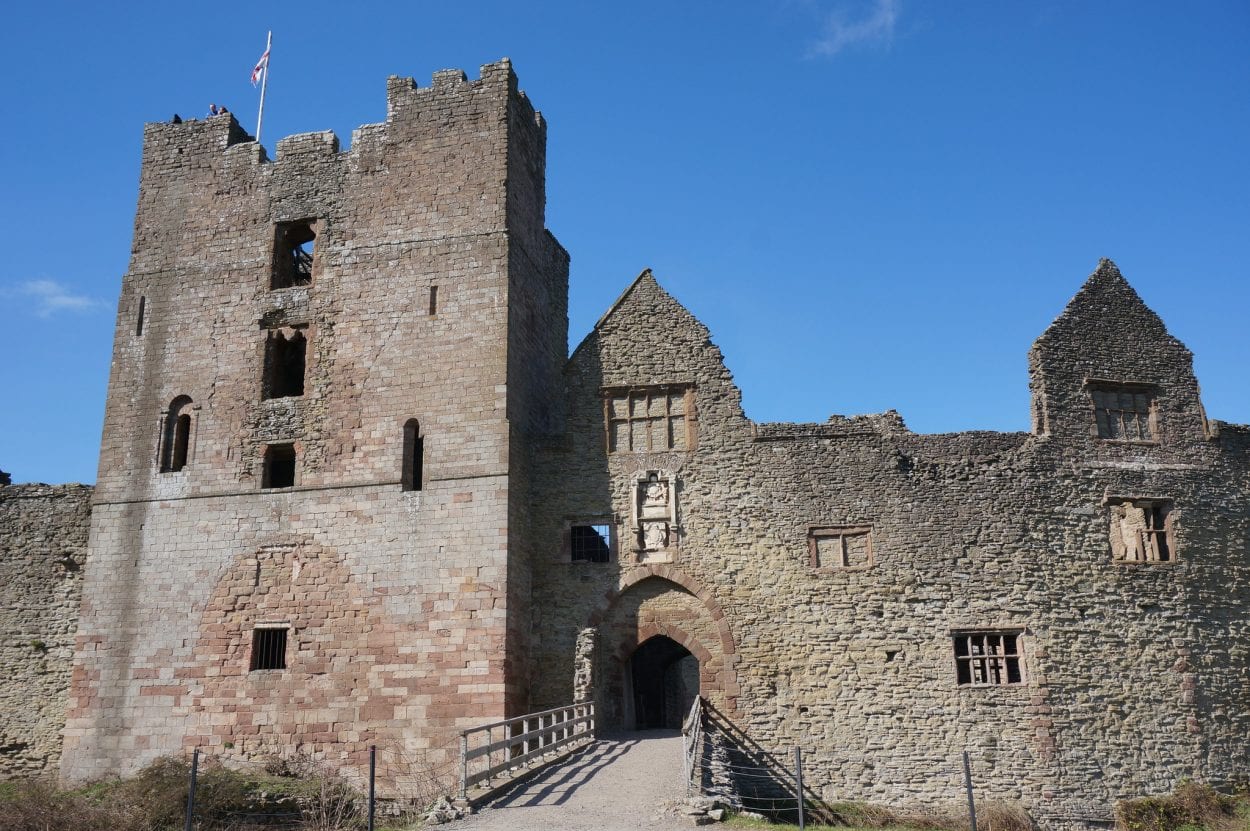
4 : Nunney Castle
Nunney Castle was founded by Sir John Delamare in the early 14th century from the fortunes he raised fighting in the Hundred Years War. He built the castle on the site of his existing manor house near the village of Nunnery in Somerset. During the English Civil War, the castle was placed under siege and was left badly damaged due to cannon fire.
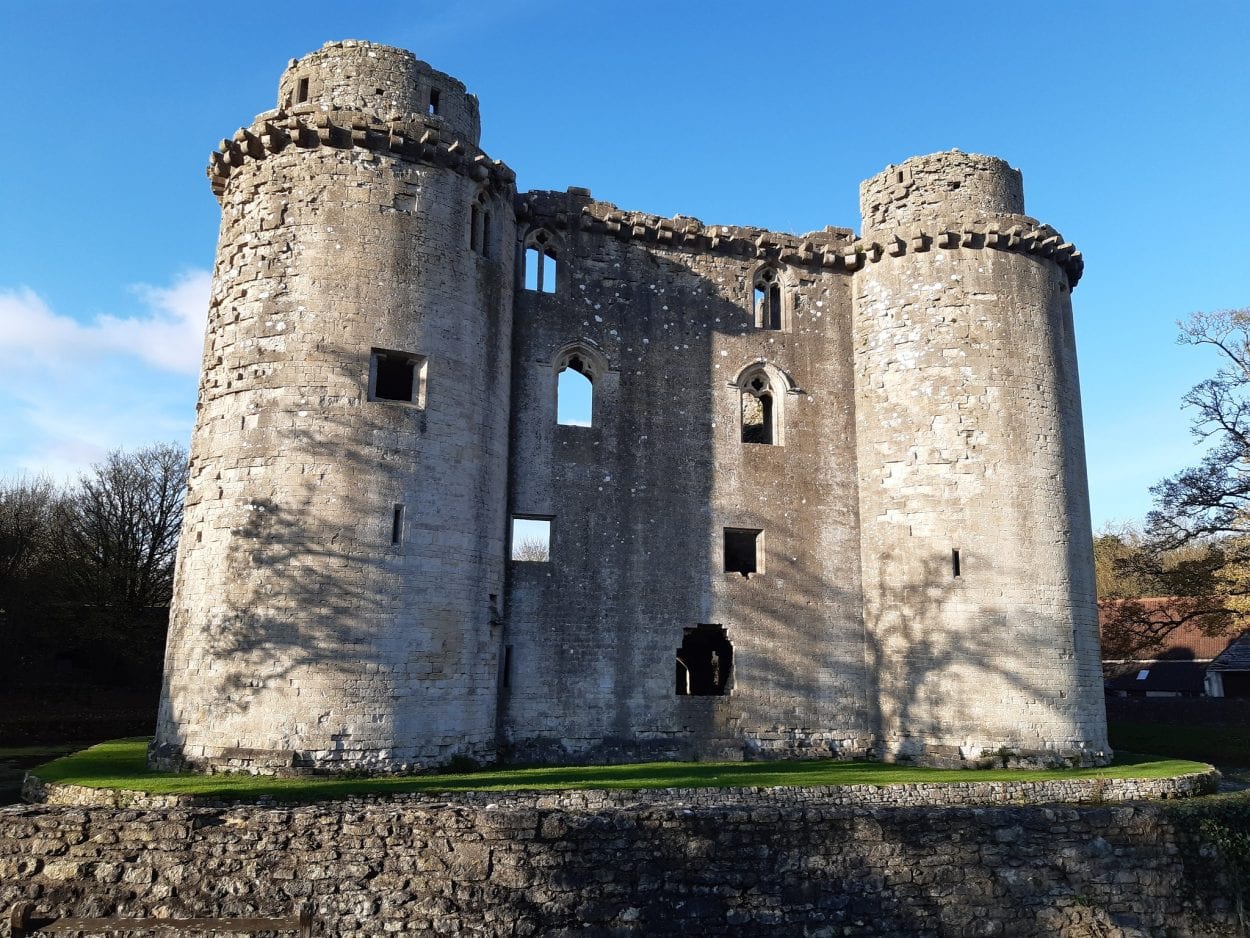
5 : Dunstanburgh Castle
Dunstanburgh Castle was founded by Earl Thomas of Lancaster in 1313 on the site of an existing Iron Age Fort. The Castle is situated near the village of Craster on the Northumberland coast and was used to defend against Scottish incursions. Dunstanburgh Castle was likely damaged during the War of the Roses, but the current ruinous state is the result of centuries of neglect and robbing of the castle’s stone for construction material.
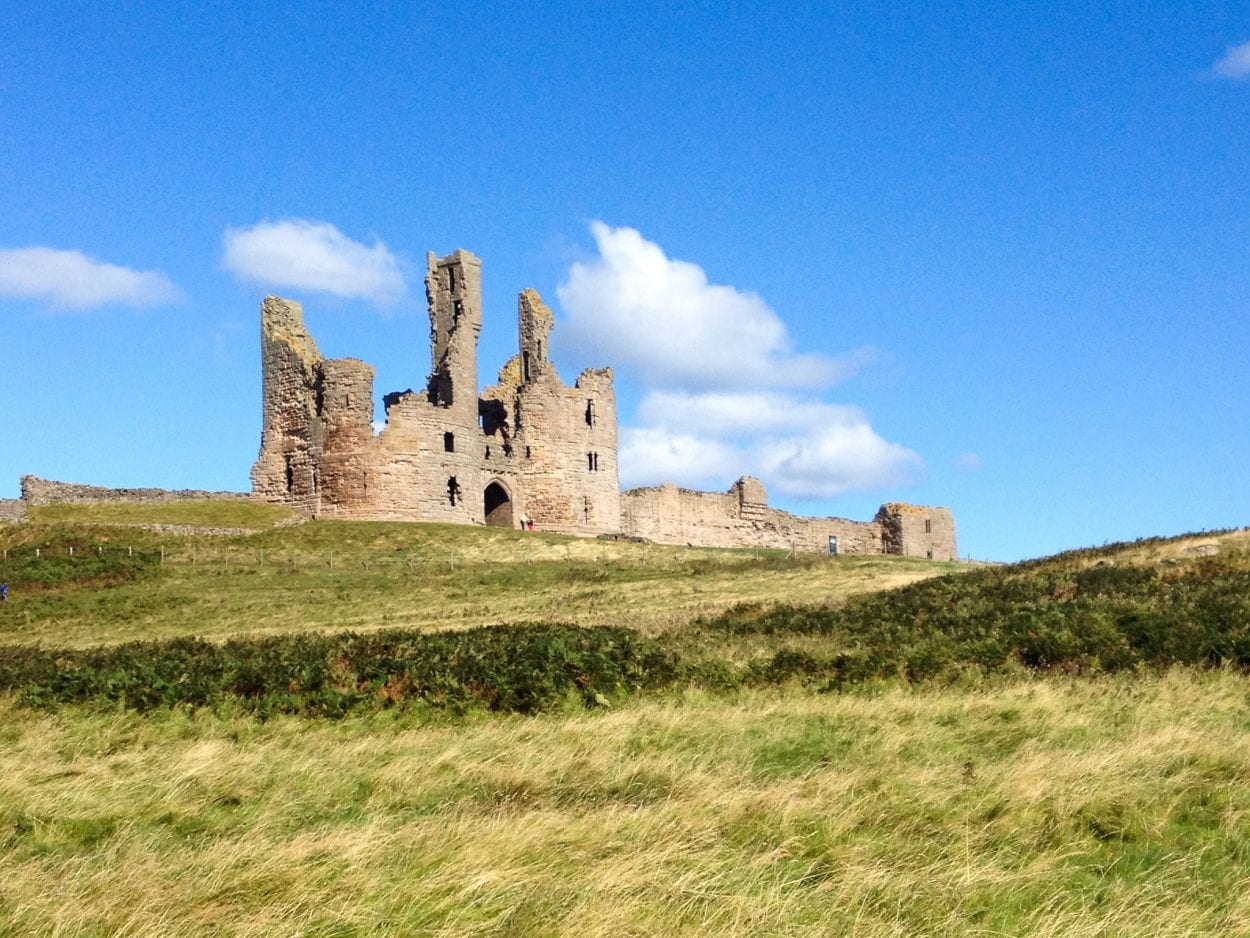
6 : Corfe Castle
Corfe Castle was founded during the 11th century to control a major highway through the Purbeck Hills. The castle is located in the village of Corfe Castle, on the Isle of Purbeck in Dorset. After a series of sieges during the English Civil War, the castle was slighted on the orders of Parliament.
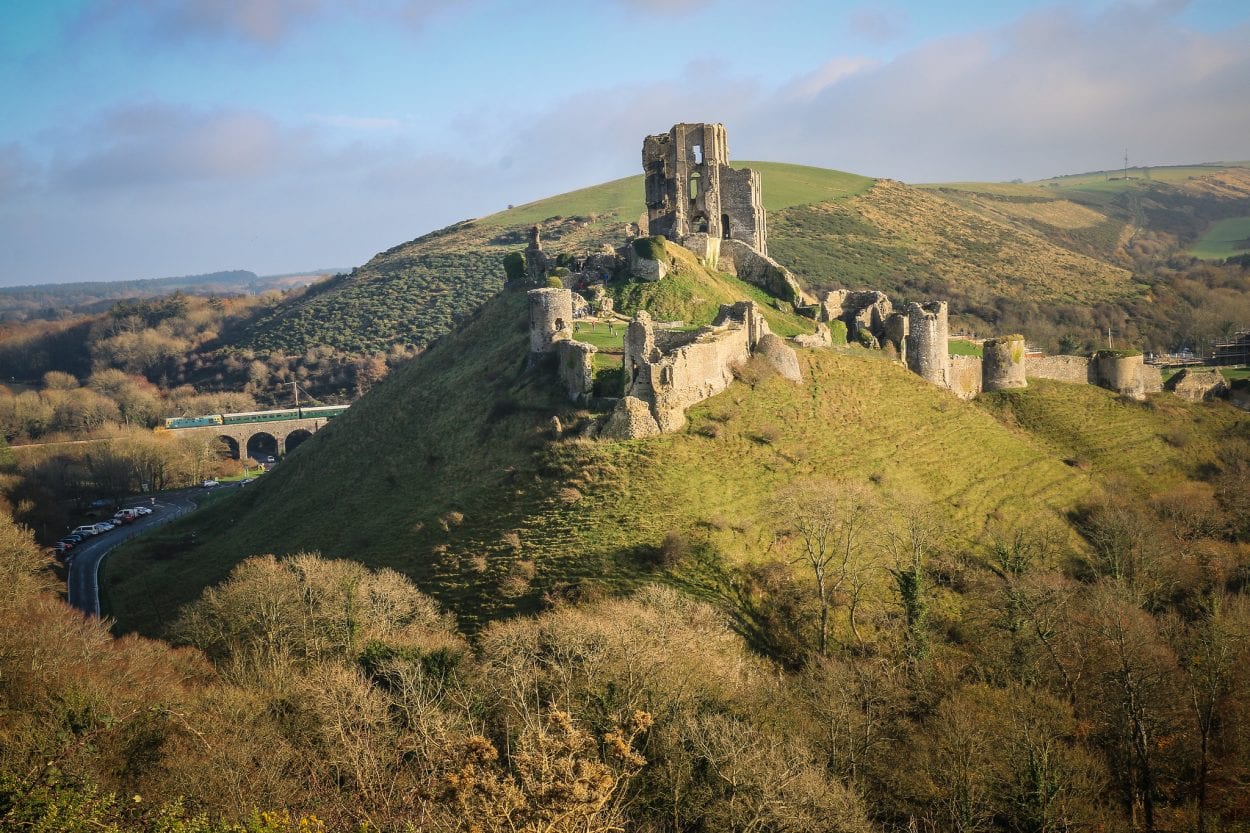
7 : Old Wardour Castle
Old Wardour Castle was founded in the 14th century by Baron Lovell near the village of Tisbury in the county of Wiltshire. During the English Civil War, the castle passed hands several times between Royalist and Parliamentary forces, resulting in extensive damage to the exterior walls.
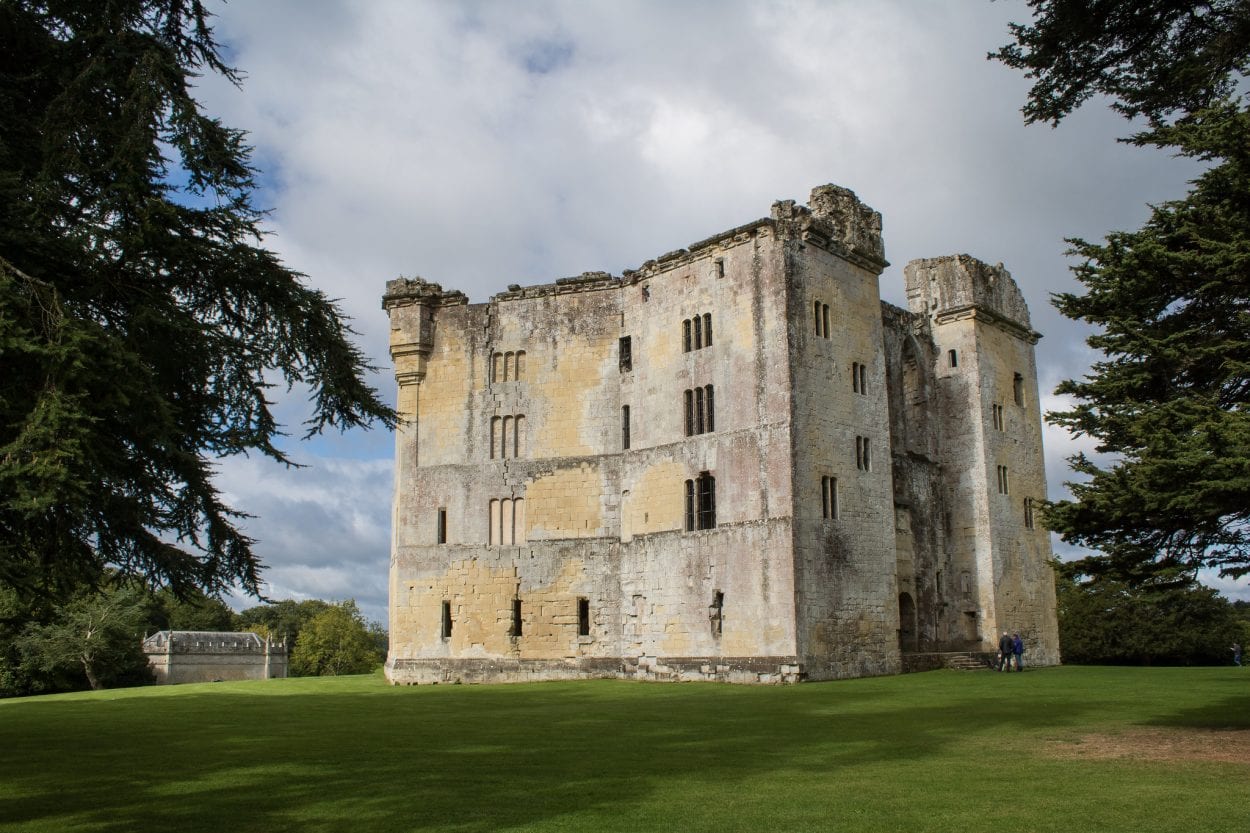
8 : Ashby de la Zouch Castle
Ashby de la Zouch Castle was founded by William, Lord Hastings around 1473 in the town of Ashby-de-la-Zouch, Leicestershire. After the English Civil War, Parliamentary forces slighted the castle, although some of the remains were repaired to form a house called Ashby Place.
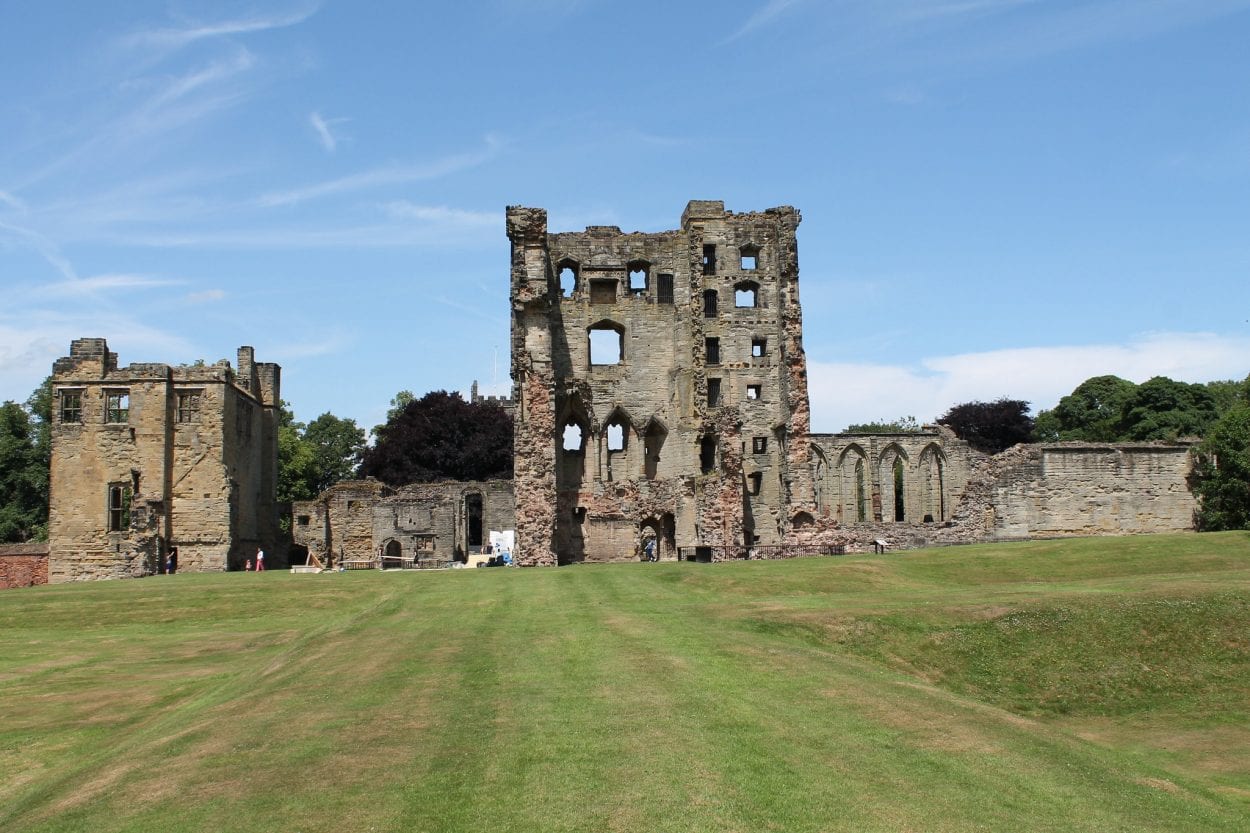
9 – Richmond Castle
Richmond Castle was founded by Alan Rufus from 1071 in Richmond, North Yorkshire. Richmond Castle had fallen out of use as a fortress by the end of the 14th century and it did not receive major improvements after that date. A survey of 1538 shows it was already partly in ruins.
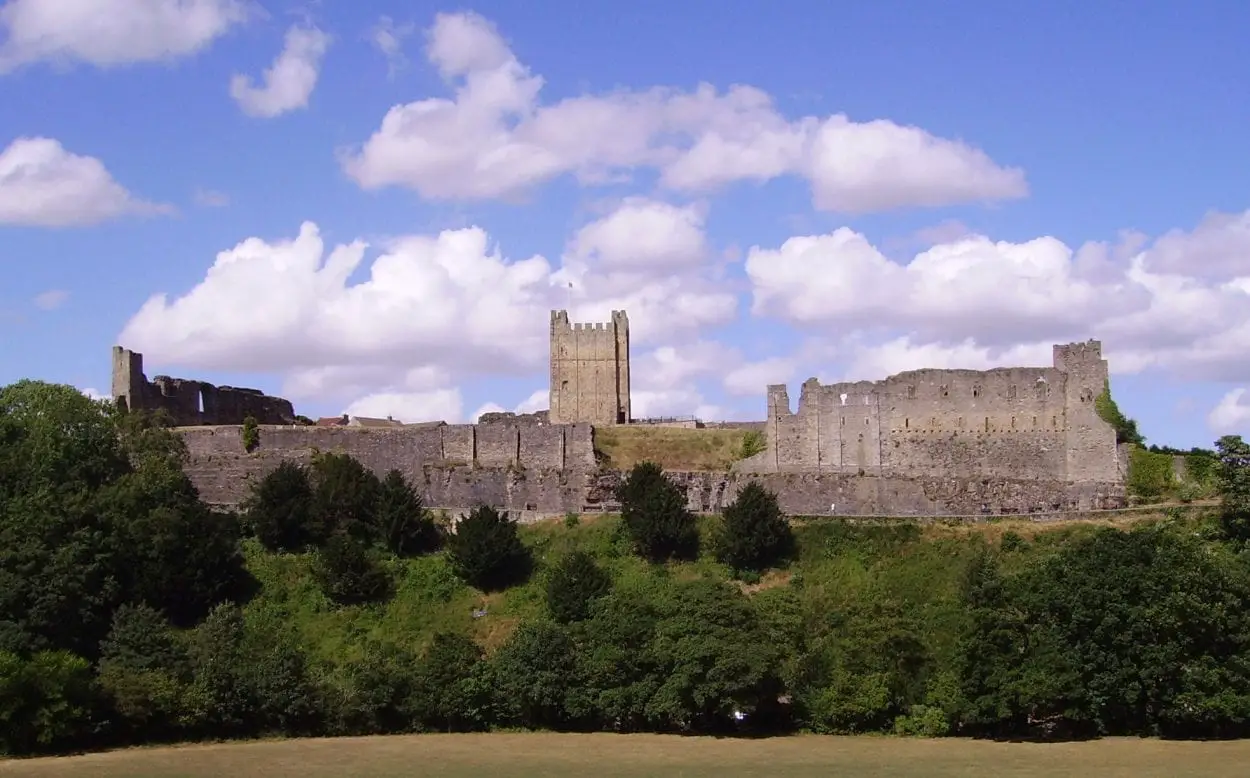
10 : Barnard Castle
Barnard Castle was founded by Guy de Balliol in 1095 in the town of Barnard in County Durham. In 1626 the Crown sold Barnard Castle and Raby Castle to Sir Henry Vane. Vane opted to make Raby Castle his principal residence and removed much of the masonry from Barnard Castle for the maintenance and improvement of Raby Castle.
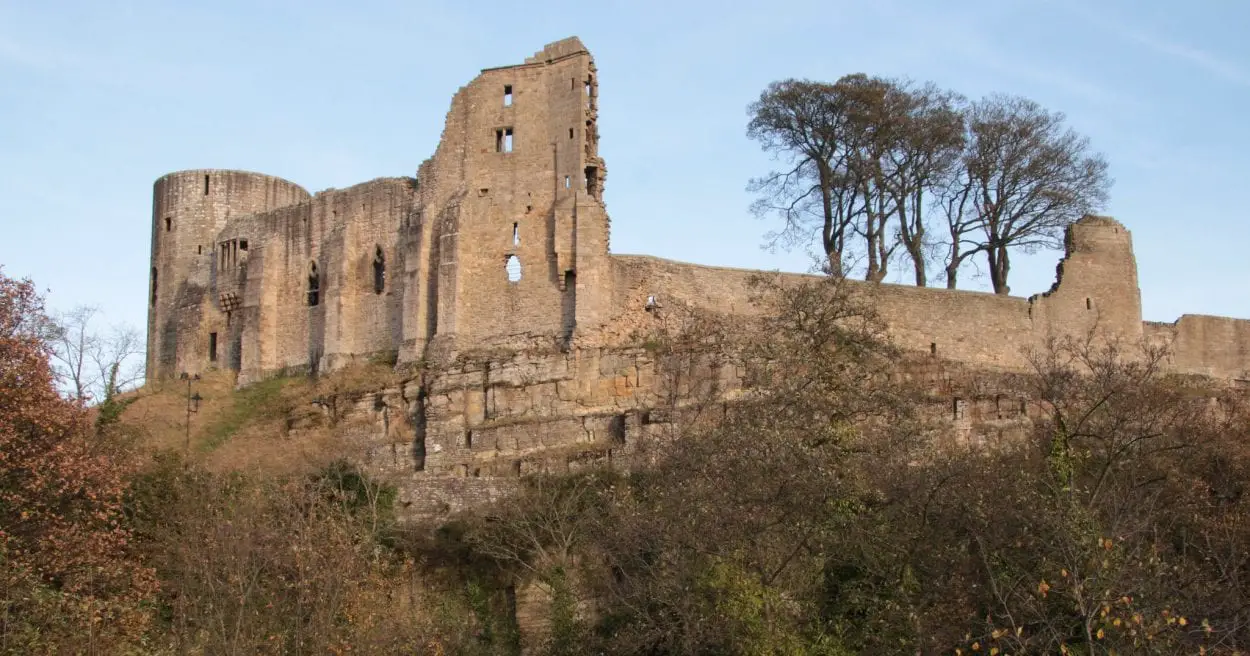
11 : Restormel Castle
Restormel Castle was founded around 1100 by Baldwin Fitz Turstin near the town of Lostwithiel in Cornwall. In 1192, Robert de Cardinham reinforced the castle with an inner curtain wall and converted the gatehouse completely to stone, giving the castle its current design. The castle is recorded as having fallen into disrepair in a 1337 survey of the possessions of the Duchy of Cornwall and was a ruin by the 16th century.
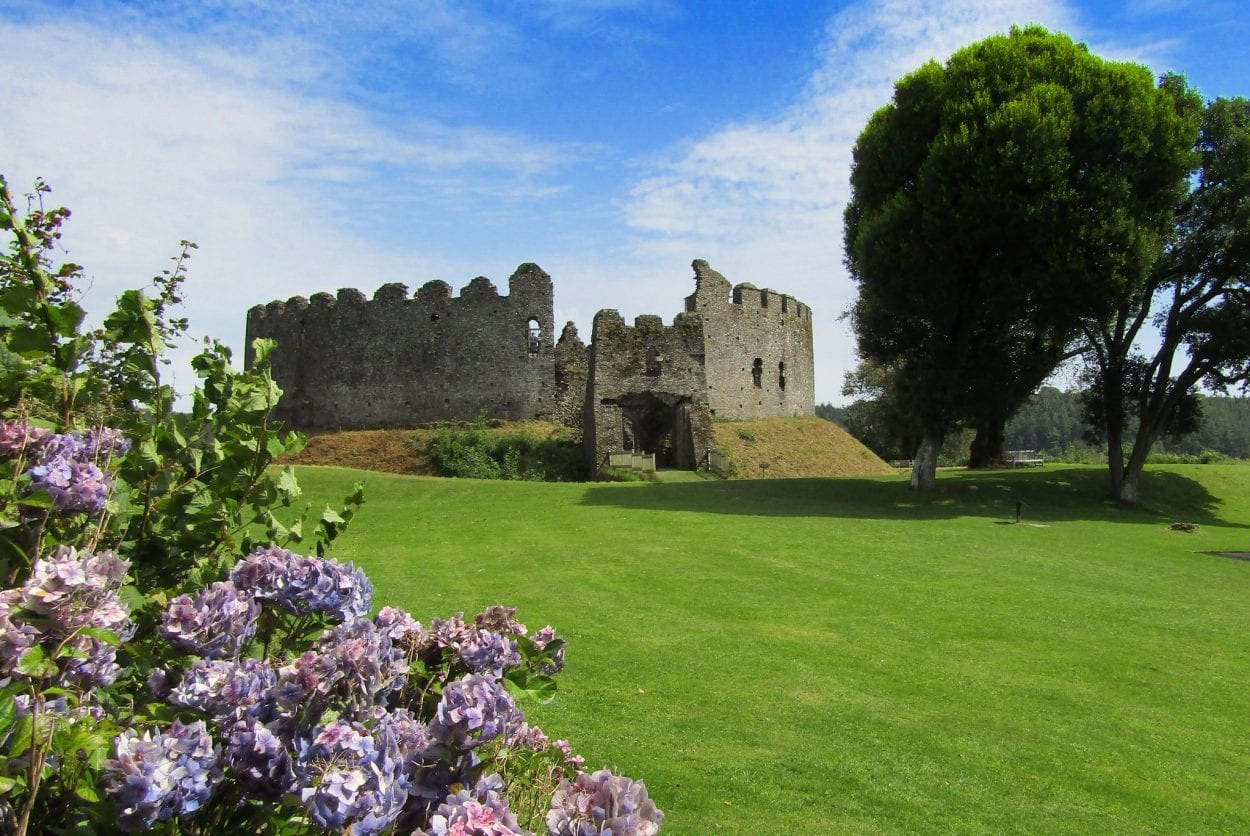
12 : Wressle Castle
Wressle Castle was founded around 1390 by Thomas Percy in the East Riding of Yorkshire. During the English Civil War, the castle was garrisoned by parliamentarians and was slighted several times between 1646–50 leaving a shell of a ruin.
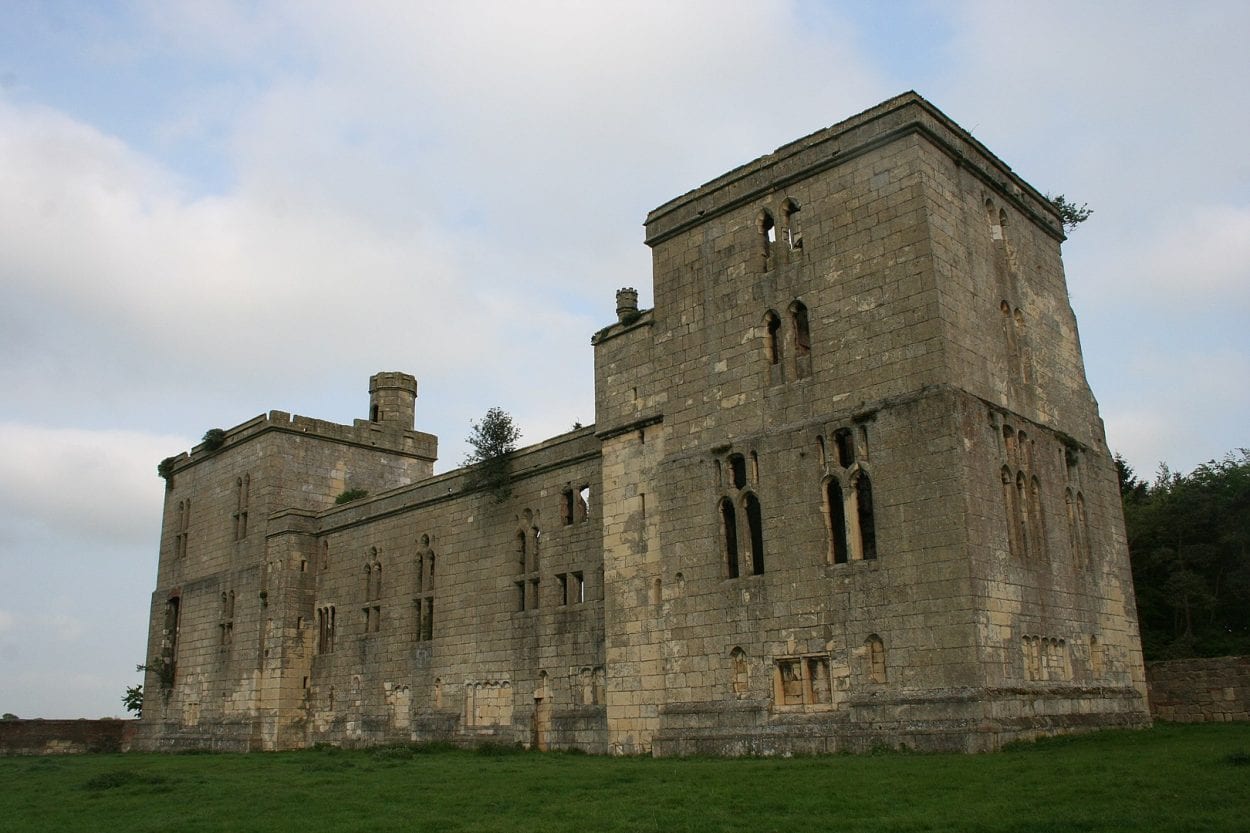
13 : Warkworth Castle
Warkworth Castle was founded during the 12th century in Warkworth, Northumberland by Prince Henry of Scotland, Earl of Northumbria, although some scholars suggest that it may actually have been built by King Henry II of England. Parliamentarian forces took over Warkworth Castle in 1648 and may have slighted parts of the fortifications. Over the centuries the castle was left to ruin and its stone was sold off for building material.
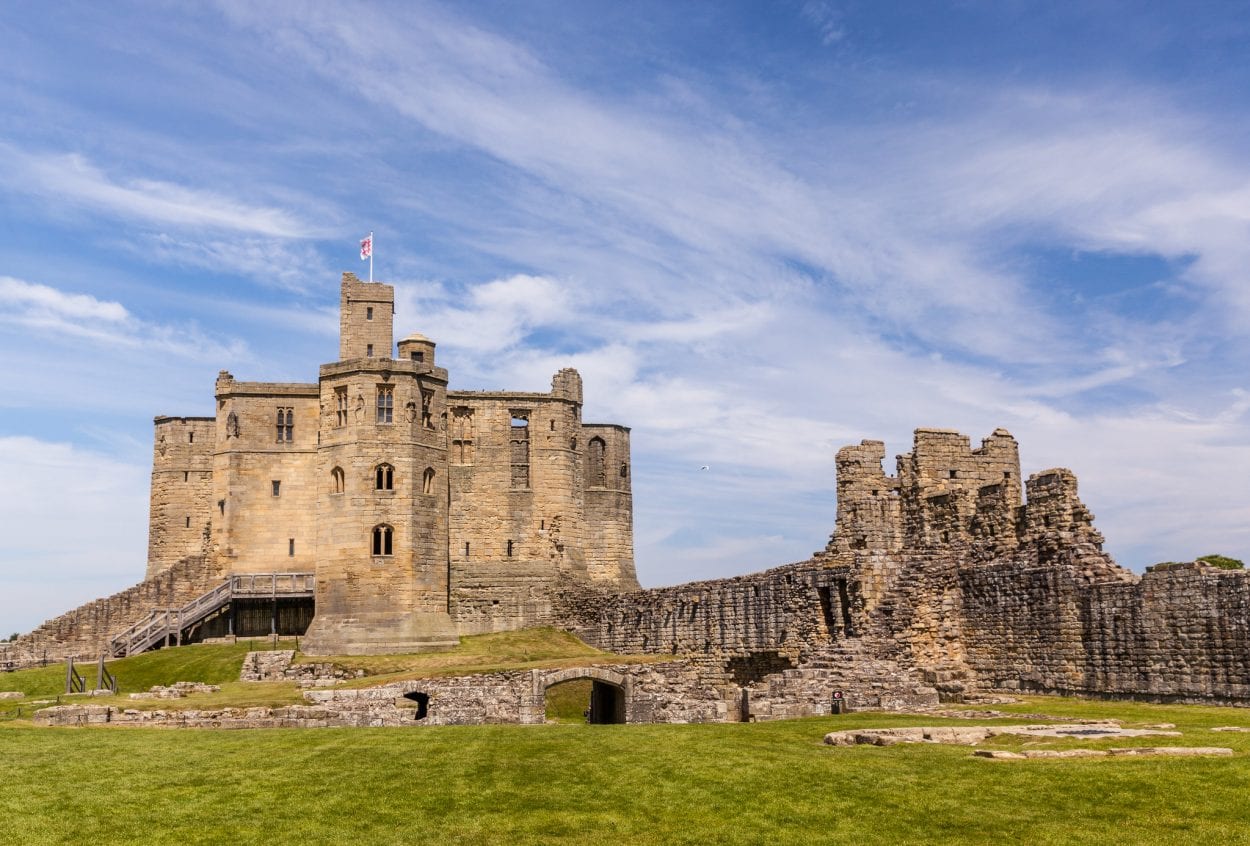
14 : Bolton Castle
Bolton Castle was founded in 1378 by Richard, 1st Baron Scrope of Bolton in Wensleydale, Yorkshire. In 1568 and 1569 Mary, Queen of Scots was imprisoned in Bolton Castle before being moved to Tutbury in Staffordshire where she would spend much of the 18 years before her execution in 1587. After the English Civil War, the castle was slighted by parliamentary troops leaving it partially ruined.
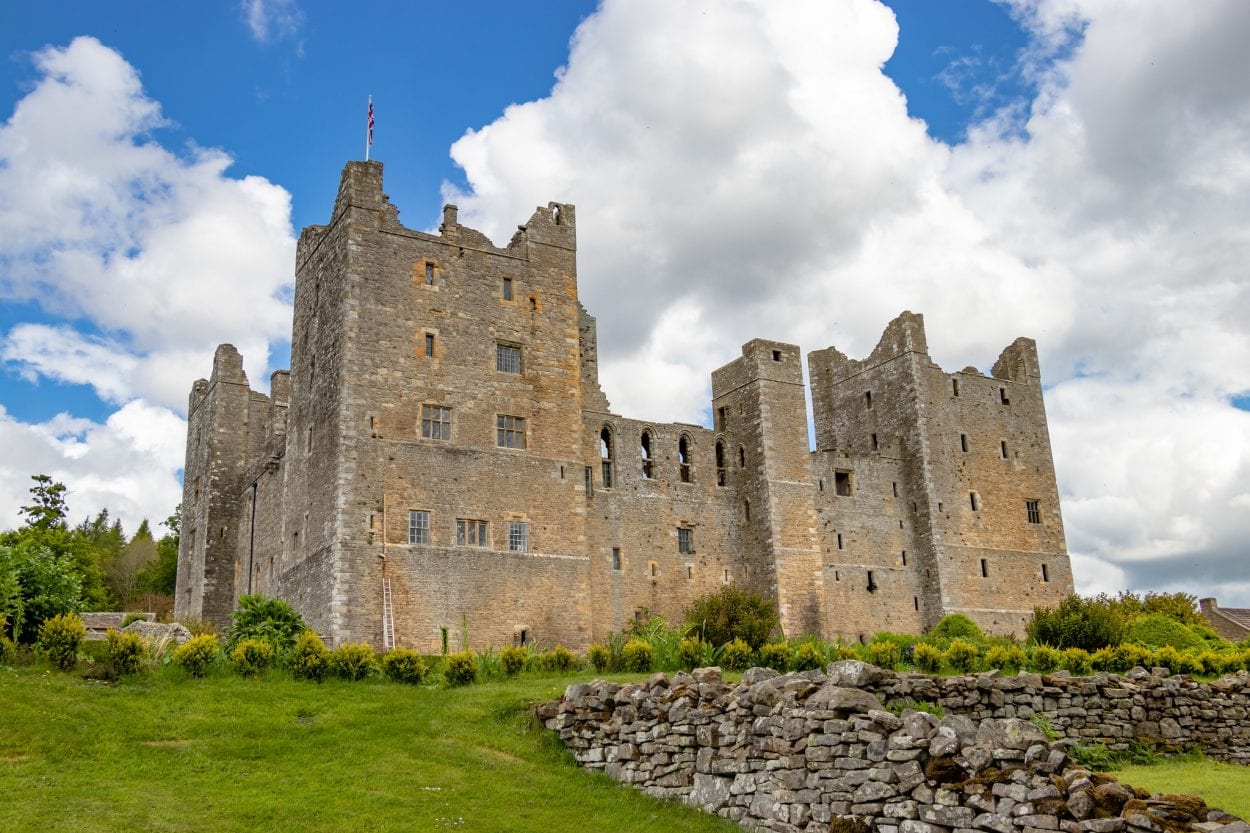
15 : Peveril Castle
Peveril Castle was founded by William Peveril around 1086 overlooking the village of Castleton in the county of Derbyshire. A survey conducted for the Duchy in 1561 revealed that Peveril was in a state of decay and was subsequently abandoned to ruin.
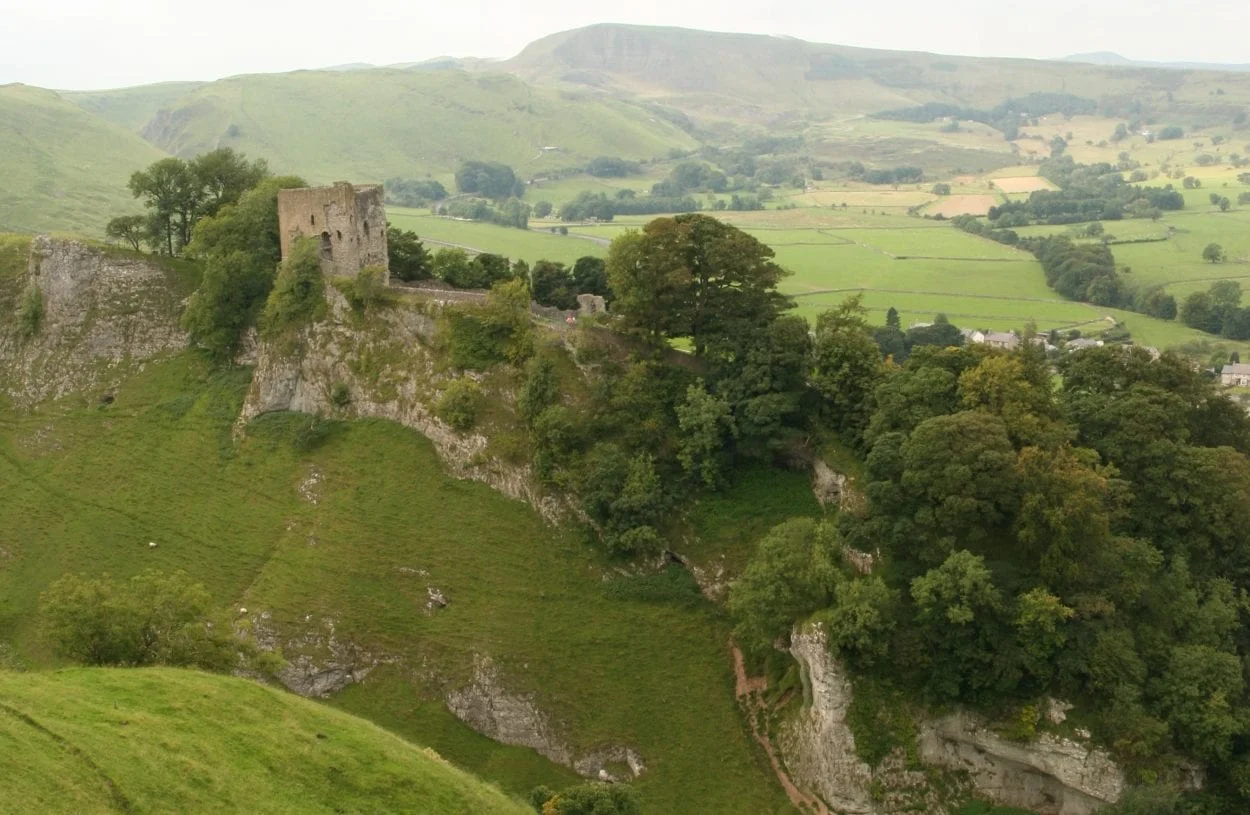
16 : Tintagel Castle
Tintagel Castle near the village of Tintagel in Cornwall was a former stronghold and elite settlement inhabited by a powerful local warlord or Dumnonian royalty. In 1233, Richard, 1st Earl of Cornwall (the brother of Henry III) traded with Gervase de Tyntagel for the ‘Island of Tyntagel’ and built a new castle with a great hall to establish a connection with the Arthurian legends of the site. By 1337, the castle was already in decline and was reworked into several smaller buildings that were used as a prison. Tintagel eventually succumbed to erosion and neglect, and by the 1600s the castle turned to ruin.
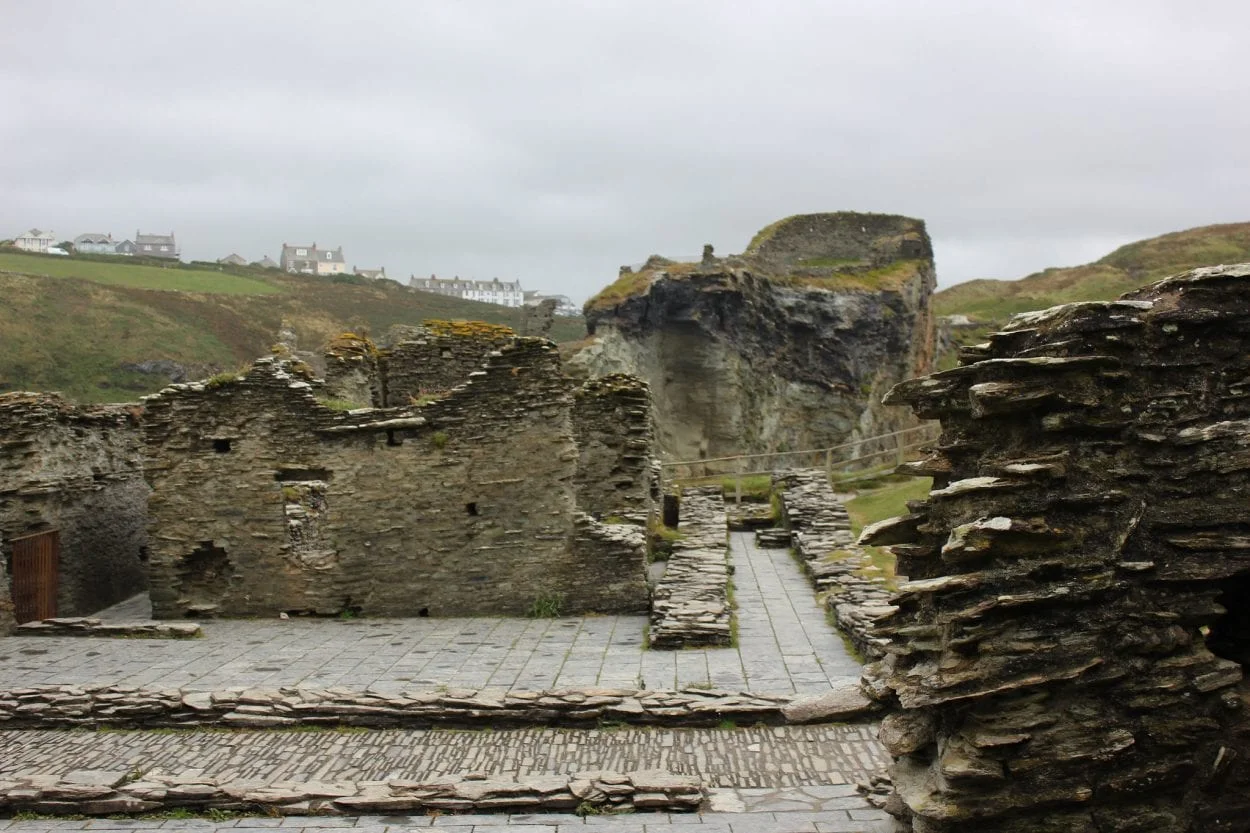
17 : Conisbrough Castle
Conisbrough Castle was founded by William de Warenne, the Earl of Surrey during the 11th century in Conisbrough, South Yorkshire. Conisbrough fell into ruin and its outer wall was badly affected by subsidence that prevented the castle from being involved in the English Civil War. Between 1993 and 1995 the floors and roof of the keep were reinstalled using funding from the European Union.
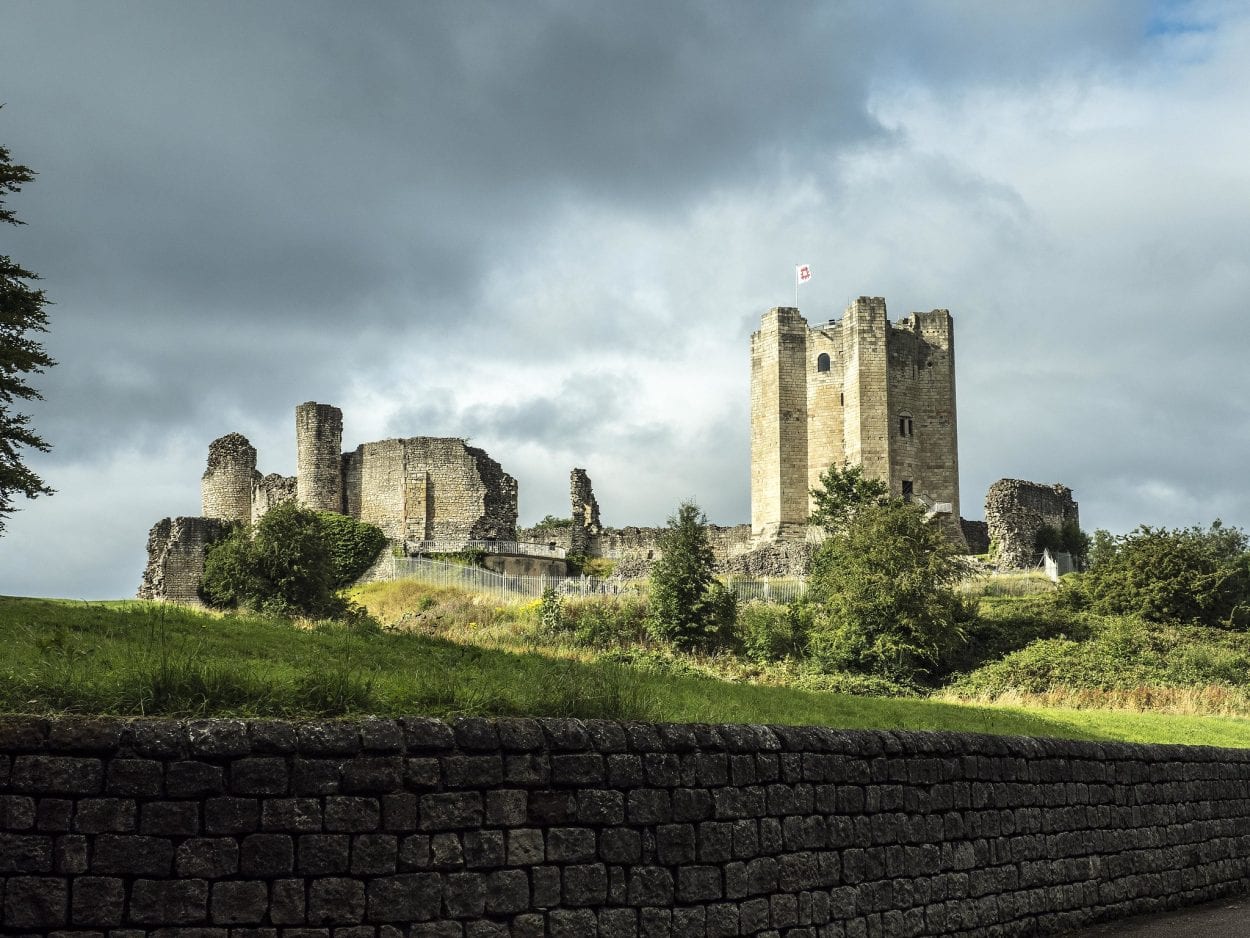
18 : Bodiam Castle
Bodiam Castle was founded in 1385 by Sir Edward Dalyngrigge, a former knight of Edward III, near the village of Robertsbridge in East Sussex. After the English Civil War, the castle was slighted, and its interior removed leaving a ruined shell. Over the 19th and 20th century the castle has undergone several periods of restoration.
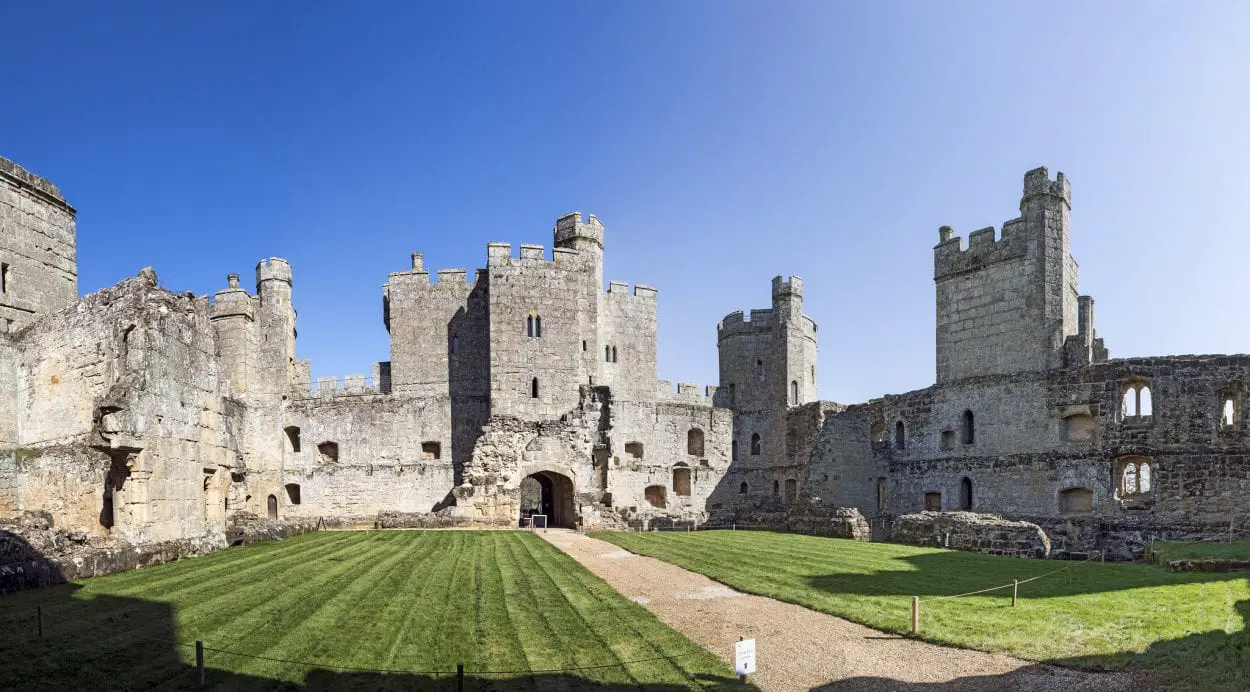
19 : Brougham Castle
Brougham Castle was founded by Robert I de Vieuxpont in the early 13th century at the site of Brocavum Roman fort in Penrith, Cumbria. With the outbreak of the Wars of Scottish Independence in 1296, Robert Clifford, 1st Baron de Clifford fortified the castle with stronger, more impressive stone walls, and a large stone gatehouse. In 1676 Thomas Tufton, 6th Earl of Thanet inherited the Clifford estates and left the castle to ruin.
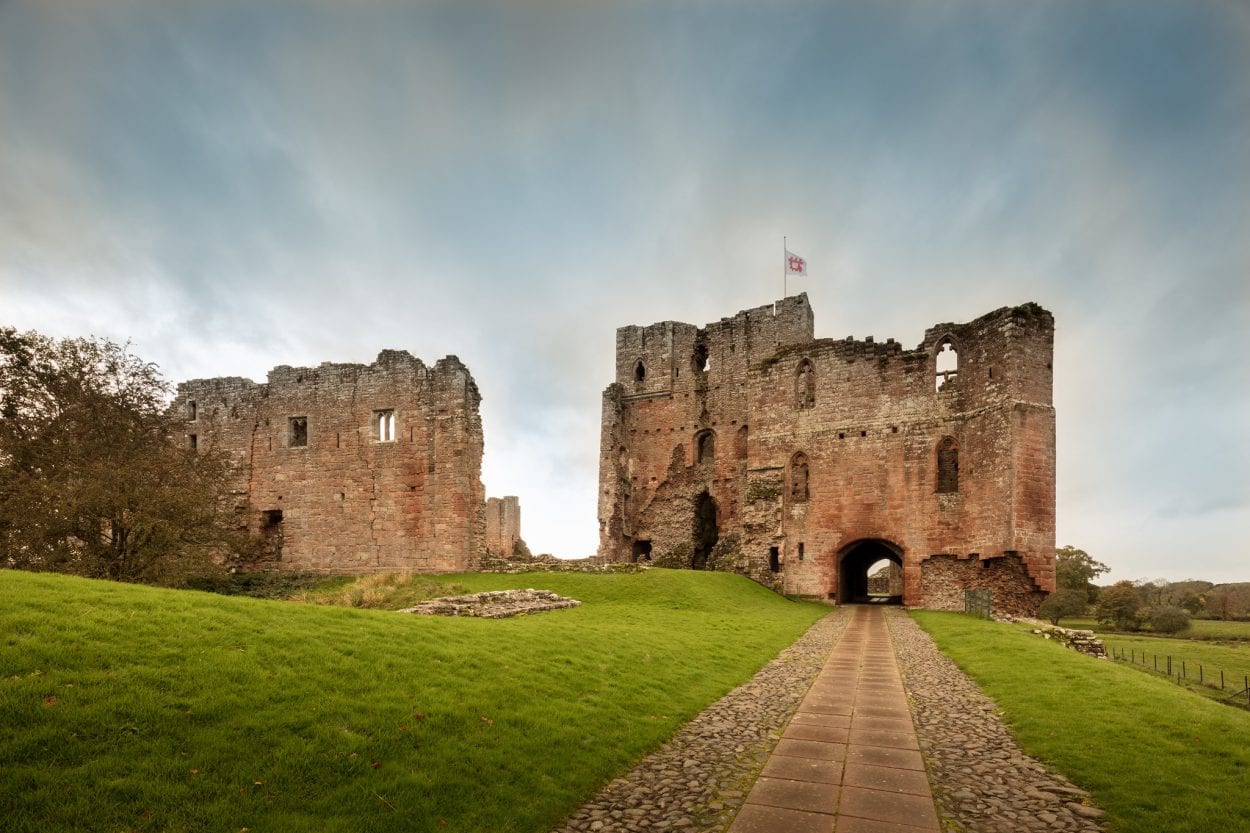
20 : Hadleigh Castle
Hadleigh Castle was founded after 1215 during the reign of Henry III by Hubert de Burgh near the town of Hadleigh in Essex. The castle was significantly expanded and remodelled by Edward III to defend the coastline against a potential French attack, as well as to provide the King with a convenient private residence close to London. Built on a soft hill of London clay, the castle has often been subject to subsidence; this, combined with the sale of its stonework in the 16th century, has led to it now being ruined.
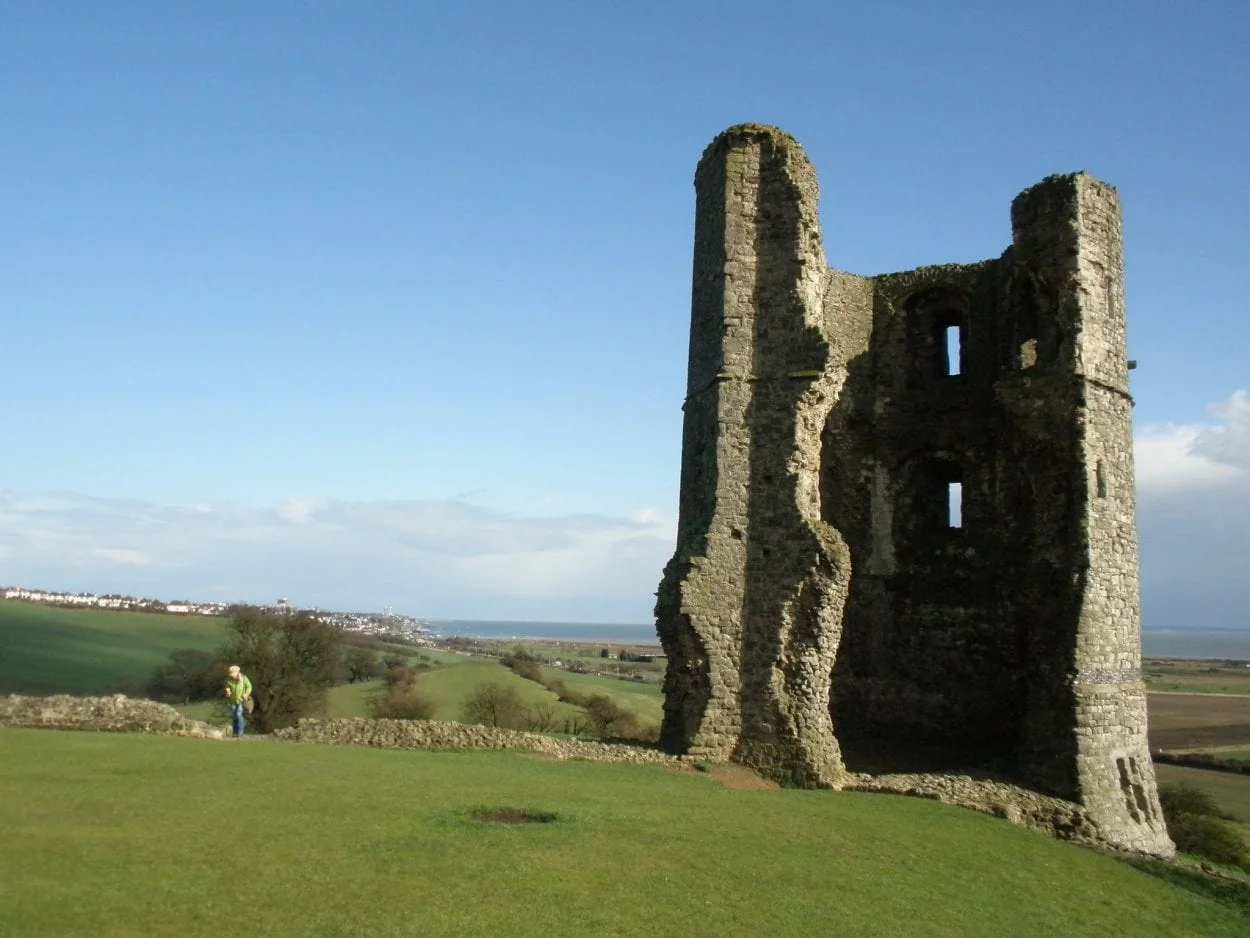
Header Image Credit : David Bunting – CC BY 2.0

